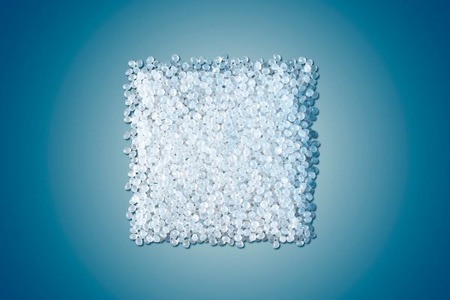
China and India to lead the way in major petrochemical structural shift
YarnsandFibers News Bureau 2017-05-29 17:00:00 – Piraeus,Asia is undergoing major structural shifts in petrochemical with China and India leading the way. There’s a renewed push to build and upgrade refineries, and construct new naphtha crackers.
Amber Liu, senior manager at ICIS, speaking at Asia Petrochemical Industry Conference (APIC) held in Sapporo Japan said that by 2021-2022, there could be about 10 new naphtha crackers on stream. In the past, these would be built by only the major companies such as PetroChina and Sinopec. But now a number of private companies are planning these projects.
Zhejiang Petroleum and Chemical (ZPC) will build a refining and petrochemical complex in two phases, with the first scheduled to start up in late 2018, and the second in late 2021. This includes 10.4m tonnes/year of aromatics, and 2.8m tonnes/year of ethylene (two crackers). It would also include two propane dehydrogenation (PDH) plants totalling 1.2m tonnes/year of propylene capacity.
China’s government will focus on developing seven 
refining and petrochemical bases – all along the coast, from Dalian in the north, to Guangdong in the south.
Sinopec plans to invest yuan (CNY) 200bn ($29bn) through 2020 to build four refining and petrochemical bases – in Nanjing, Shanghai, Zenhai and Maoming-Zhanjiang, said Peter Huang, CEO of consultancy CNCIC, speaking at APIC. This would increase 
Sinopec’s ethylene capacity by a whopping 9m tonnes/year.
Huang sees China ethylene capacity rising from 23m tonnes/year in 2016, to 28m tonnes/year by 2020, and then to 37m tonnes/year by 2025 with naphtha cracking accounting for 73-75% of total supply.
The resurgence of naphtha cracking as well as PDH could put China over the top in terms of self-sufficiency in downstream polypropylene (PP). China PP self-sufficiency is projected to rise from 82% in 2016, to 92% by 2020.
Beyond that, a slew of new naphtha crackers by 2021-2022 could make China fully self-sufficient in PP.
India is on the verge of reaching major milestones, 
with the ramp-up of Reliance Industries’ massive 
Jamnagar petrochemical complex anchored around a 1.5m tonne/year refinery offgas cracker within a couple of months.
Downstream capacities are 550,000 tonnes/year of linear low density PE (LLDPE), 400,000 tonnes/year of low density PE (LDPE) and 800,000 tonnes/year of monoethylene glycol (MEG), sources close to the company said at APIC.
Reliance is nearing full operations at three of its crackers on the west coast of India using imported US ethane – at Dahej, Nagothane and Hazira, the source said.
India is also to merge several of its 13 state-owned oil and gas companies which have downstream refineries and petrochemicals.
Satyen Daga, CEO of India-based distributor Daga Global Chemicals, on the sidelines of APIC said that this could connect the refineries and allow them to be more efficient in going further downstream to petrochemicals and chemicals.
The next at Asia Petrochemical Industry Conference will be held in May 2018.
Market Intelligence
Ask for free sample Report

experience
Customer Base
dedicated team
Countries Served Worldwide









